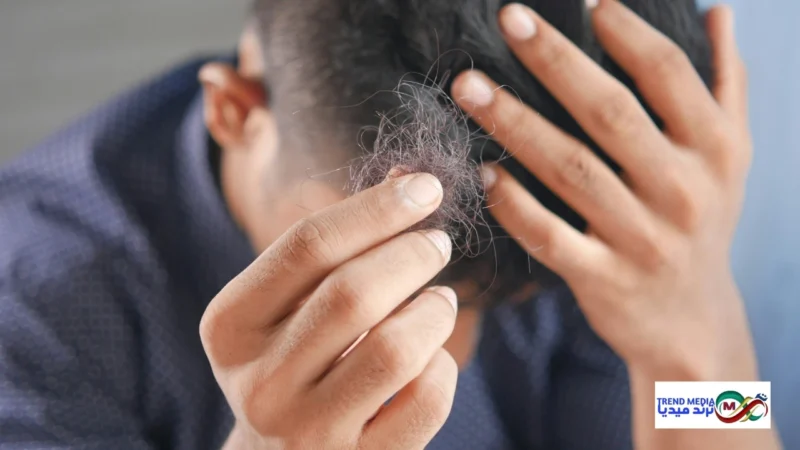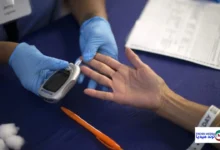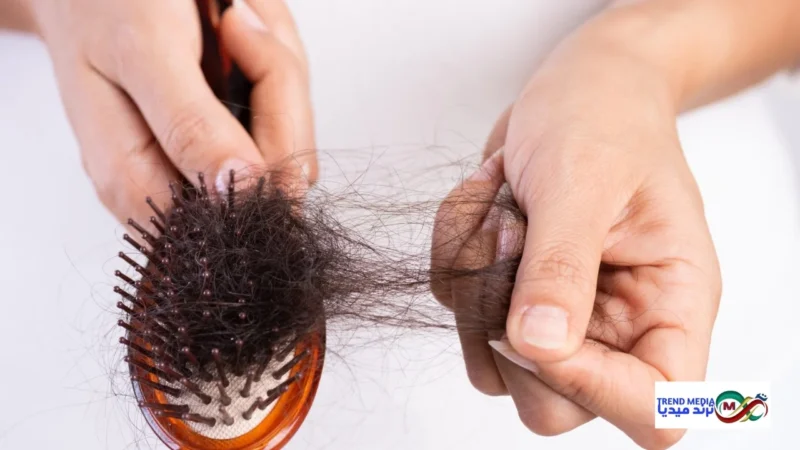
This article is available in :
العربية
In a scientific discovery that could revolutionize hair loss treatments for patients with hereditary baldness, a team of researchers has uncovered a molecular mechanism responsible for controlling hair growth in humans. This discovery could pave the way for natural, non-surgical treatments that revitalize hair follicles without the need for medications or complex transplant procedures.
Stem Cells and Signaling Proteins: The Vital Key to Hair Growth
According to a Times of India report citing the journal Stem Cell Research & Therapy, the study’s findings show that stem cells and signaling proteins play a pivotal role in activating hair follicles and stimulating their regeneration. This represents a promising scientific step for patients with hereditary baldness, the most common cause of hair loss worldwide.
More importantly, the study demonstrated that hereditary baldness may not be permanent, as previously thought. Researchers believe that identifying defects in the biological signals responsible for hair follicle “hibernation” could pave the way for reviving hair follicles. This scientific development promises more precise treatments based on biotechnology and personalized treatment plans tailored to each individual’s genetic and hormonal profile.
Thanks to these advances, we may see innovative solutions for completely natural hair restoration in the next few years, without relying on medications or surgical interventions, giving millions of people hope of regaining their self-confidence and appearance in a healthy and safe way.
Hereditary baldness is no longer an inevitable fate.
Study reveals keys to revitalizing hair follicles. While most treatments available today for hair loss do little more than delay or temporarily conceal baldness, a new scientific study is revolutionizing our understanding of the causes of hereditary baldness, focusing on the precise biological roots that control hair growth or its inhibition.
The real cause of hereditary baldness
The study sheds light on five major molecular systems in the human body that regulate the hair growth cycle. In cases of androgenetic alopecia, this vital coordination between these systems is disrupted, causing hair follicles to enter a prolonged “resting” state, in which they cease to produce new hairs, without actually dying.
This finding means that hair loss is not caused by permanent damage, but rather by a reversible imbalance in internal signals, opening the door to a radical treatment that goes beyond simply masking symptoms.
Promising ways to stimulate hair growth from the roots
Based on these findings, researchers are developing several advanced methods to reactivate dormant follicles and stimulate natural hair growth, including:
- Boost growth-stimulating signals that have stopped working.
- Inhibiting inhibitory signals that hinder follicle activity.
- Gene therapy to correct genetic defects that affect the hair cycle.
- Using stem cells to repair or regenerate the structure of hair follicles.
Preliminary results from animal trials indicate promising responses, and human trials are expected to begin within the next two years.
From temporary beautification to permanent treatment
The amazing discovery here is that hereditary baldness, previously considered an irreversible condition, may be reversible. Instead of focusing on temporary cosmetic solutions, patients may soon be able to restore their hair growth in a completely natural way by stimulating the body’s own biological regeneration cycle.




